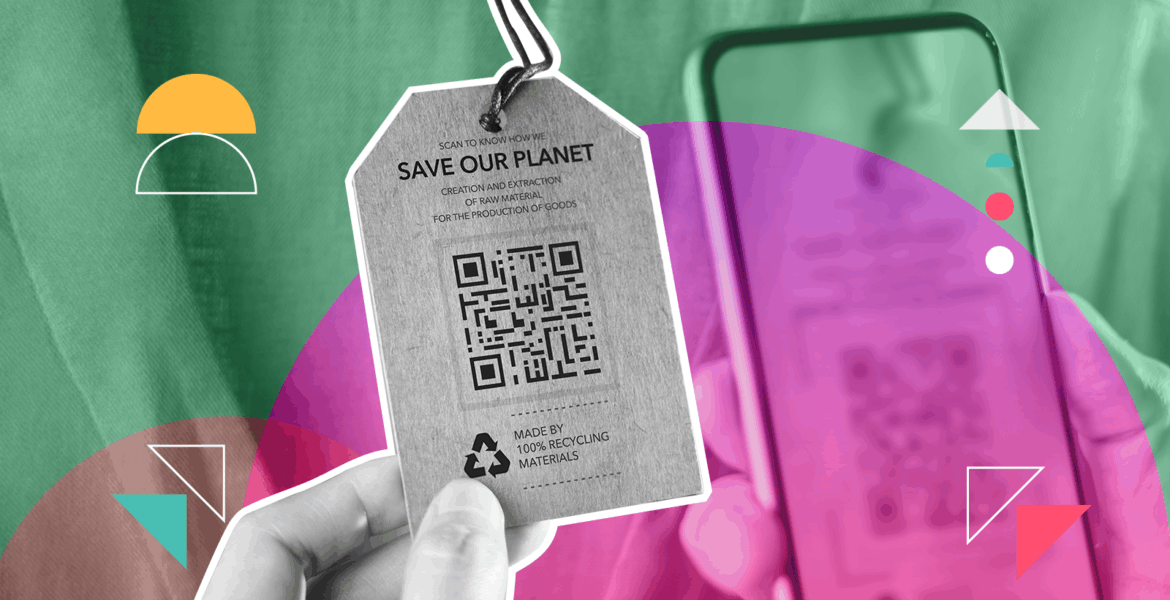By Ben Alalouff, Chief Strategy Officer, Live & Breathe
There is a disconnect between sustainable brand promises and driving green consumer behaviours. A recent survey from Live & Breathe found that 70% of consumers say they care about the future of the planet and feel guilty about poor consumption choices, yet only a quarter follow through with purposeful action.
This is known as the green gap, where brands fall short of translating ‘good-will’ promises into tangible, positive consumer behaviours. Consumers see this gap, which translates as fatigue, creating scepticism and a creeping sense of distrust.
Consumer experience is the bridge
At the heart of the green gap lies a simple solution: consumer experience. Sustainability, by which we mean more than your classic green agenda, cannot live only in policy documents or be confined to occasional advertising campaigns. It must be woven into the real-life interactions between the brand and its consumers. It must feel real, immediate, and personal.
When done well, it stops being abstract and becomes a living, breathing part of how consumers experience a brand. In turn, it can help us all become better consumers that do more for the planet.
Caring is cool, but compliance isn’t caring
Modern consumers want to buy into a set of values when they make purchases. Viral social media campaigns advocating zero-waste lifestyles, refill culture, and collective climate action, demonstrate a generational shift in priorities.
This cultural momentum exists alongside increasing regulatory pressure; policies like the EU Green Deal and mandatory ESG disclosures have made compliance non-negotiable.
Sustainability and greener thinking are no longer a differentiator; they’re an expectation. Compliance does not build trust, nor does it foster brand loyalty. Audit-friendly certifications, eco-labels, and annual ESG reports are useful tools, but they are not enough to promote meaningful consumer actions and, therefore, positive consumer behaviours.
Engineered experiences over transactional afterthoughts
According to our research, only 21% of consumer respondents said they often trust brands’ sustainability claims, while another 42% admitted they ‘rarely’ do. These numbers tell a worrying story: most consumers approach brands’ sustainability claims and activities with caution, if not outright scepticism. On the other hand, respondents rated their own responsibility for greener choices at just over 70%. Consumers want to do better, but they need guidance, encouragement and proof that their actions matter.
This is where consumer experience can rewrite the story. Experiences must be designed to simplify, reward, and make positive consumption behaviours intuitive.
For example, better digital integration can reduce returns through tools like virtual fittings or AI-assisted product recommendations. Similarly, consumer incentives, such as loyalty rewards for purchasing fewer but higher-quality items, create a sense of shared responsibility.
When brands shift the narrative from guilt messaging to participation, they create environments where consumers feel motivated rather than burdened.
Emotional storytelling for powerful persuasion
A journal in Oxford Academic examining ‘cognitive appeals on persuasion outcomes’ shows that humans are more likely to act on emotional triggers than abstract statistics.
Stories create connections where data and statistics cannot. An example would be showing the tangible impact of a consumer’s refillable product habit – a direct link between individual action and a larger environmental goal.
Episodic framing, which presents information through specific, emotionally engaging stories, generates stronger emotional responses compared to thematic framing, which uses statistics.
Leading brands are already finding ways to close the gap. IKEA’s ‘Buy Back and Resell’ programme creates a smooth, intuitive way for consumers to return old furniture, preventing waste while offering clear value. Lush’s ‘Naked Products’ line turns packaging-free shopping into an effortless, rewarding experience. And Patagonia’s ‘Worn Wear’ programme transforms clothing repairs into a point of pride for consumers.
Bridge the gap – win the consumer
When brands overpromise and underdeliver, the green gap only grows wider. What is clear from exploring this topic is that consumers are looking for brands to help them reduce negative consumption behaviours and guide experiences to make sustainable living easier.
By employing smarter consumer experience thinking, brands create clear paths to tangible rewards for better consumption behaviours, acting as partners in progress rather than passive passers of the responsibility baton. The brands that understand and act on these insights will find themselves not only reducing their ‘bad’ impacts, but also building deeper, more resilient relationships with their customers. And, maybe most importantly, reaping the long-term commercial rewards of a passionate, loyal, and inspired base.











